Nanosurf presents CleanDrive - a reliably clean means of oscillating an AFM cantilever utilizing photothermal excitation. CleanDrive applies a near IR 785 nm laser that is focused on the bottom of the cantilever to generate stable and robust excitation of the AFM cantilever.
This is combined with the 840 nm superluminescent diode light source used for revealing the cantilever deflection. Improved development in terms of AFM performance, resolution, stability, and usability is provided by the photothermal excitation of the cantilever, and it is particularly effective in liquid environments.
CleanDrive
Most frequently used AFM modes are dependent on actuating the cantilever and vibrating it at a specific frequency.
Dynamic mode imaging and phase imaging, in addition to a number of the primary electrical modes such as electrostatic force microscopy (EFM) and Kelvin probe force microscopy (KPFM), are dependent on the oscillation of cantilevers for softer interaction with the sample.
Dynamic mode produces two significant experimental challenges.
The first challenge is the acquisition of a “clean” frequency sweep with a peak that demonstrates a good signal to noise. Generally, the background in the frequency spectrum is noisy because the piezo-acoustic excitation vibrates the entire cantilever chip, cantilever holder assembly, the surrounding environment, and, of course, the cantilever itself.
This untargeted excitation of considerable mass just beyond the cantilever of concern is a disorderly way to actuate the cantilever and restricts performance for most of the frequently used AFM modes.
The frequency sweep consequently detects other peaks closely related to instrument resonance or cantilever coupling to the cantilever holder.
These other peaks may possess a stronger signal to noise than the peak associated with the cantilever’s resonance frequency. Although this problem is significantly worse in liquids, it pervades in all environments.
The second challenge of dynamic mode is maintaining a stable interaction between the tip and sample. The piezo-acoustic driven frequency spectrum can fluctuate with time leading to shifts in amplitude, frequency and phase.
This is the case specifically in liquid imaging, where the extra coupling between the cantilever and its surrounding environment prompts a changing forest of peaks that overlays the greatly damped cantilever resonance peak.
Consequently, the excitation efficiency can considerably change with time at a given frequency.
Photothermal excitation grants considerable improvement over traditional “piezo-acoustic” excitation of AFM cantilevers. CleanDrive delivers focused actuation of just the cantilever by utilizing light to prompt a bimorph bending effect.
Bimorph bending presents itself as a result of various coefficients of thermal expansions for the two materials on the AFM cantilever - the silicon underside and the metal coating (usually Au or Al) on the top side, whose purpose is to improve the reflectivity of the cantilever for detection and monitoring.
CleanDrive works with all commercially available cantilevers in air and fluid and is also consistent with small, high-frequency cantilevers. Coated cantilevers are favored as they respond better; gold-coated cantilevers are advised for fluid environments because of the restricted stability of Al coatings in aqueous solutions.
Frequency Sweep
CleanDrive provides automatic tuning and clean excitation that can be relied upon at an extensive range of frequencies.
Figure 1a comparatively demonstrates the conventional shaker piezo-driven frequency sweep (in black) and the enhanced photothermal CleanDrive sweep (in red) of an NCSTAuD cantilever in air.
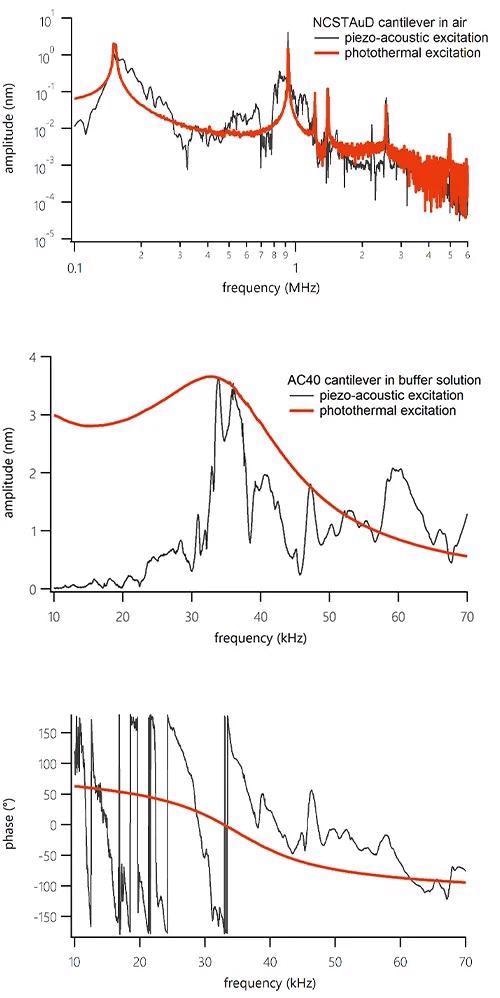
Figure 1. CleanDrive shows textbook-like amplitude response and no “forest of peaks. Image Credit: Nanosurf AG
The first eigenmode is clearly apparent around 160 kHz in the CleanDrive spectrum. Detection of this peak is less apparent in the piezo-driven spectrum, which also displays considerable structure in the background.
CleanDrive also offers clear peak detection for the higher order eigenmodes, for instance, the second mode around 900 kHz. This is in stark contrast to the piezo-driven actuation, where the different eigenmode peaks are lost in the background structure.
A clean background that facilitates simple and rapid cantilever resonance frequency determination is an even more prominent issue in liquid.
Figures 1b and 1c each show the amplitude and phase plots as a function of frequency for an AC 40 cantilever in a buffer solution respectfully. The CleanDrive frequency spectrum (in red) rapidly determines the damped peak at around 32 kHz in Figure 1b.
Conversely, the shaker piezo-driven sweep presents a number of peak possibilities for this cantilever, such as the doublet at around 34 kHz and 38 kHz and peaks at 48 kHz and even 60 kHz.
The alleged forest of peaks – or the “rich” structure – in the piezo-excited frequency sweep background is commonplace in liquids and causes peak identification to be extremely challenging. The phase plot (1c) also shows the considerable benefits CleanDrive offers over piezo excitation.
This phase plot with a clean transition through 0 degrees phase at resonance is necessary for stabilizing phase imaging and frequency tracking, and it is only observed when making use of CleanDrive for cantilever excitation in liquid.
Stable Amplitude
Another challenge with oscillating the cantilever in a liquid environment is that changes in the local environment affect the frequency spectrum stability and thus the effective amplitude of the cantilever.
Figure 2 demonstrates the CleanDrive’s unprecedented quality of CleanDrive in such a fluctuating liquid environment with a cantilever immersed in a 100 µl droplet of buffer and excited with an amplitude of 3.6 nm. When using CleanDrive, the cantilever amplitude remains constant at 3.6 nm for around 3 hours as the droplet evaporates.
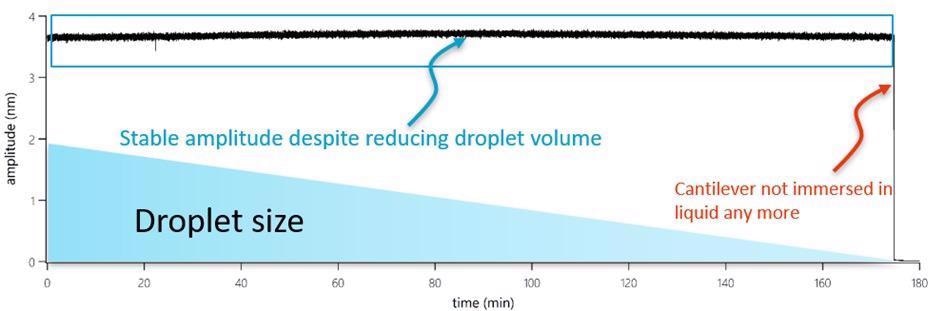
Figure 2. Stable amplitude in a changing environment. Image Credit: Nanosurf AG
The amplitude of the cantilever oscillation did not considerably vary, in spite of the fact that the environment surrounding the cantilever is changing over time. The amplitude varied only after the droplet was dry enough and the cantilever was no longer submerged in liquid.
Stable Imaging
One of CleanDrive’s major benefits is prolonged stability in imaging. An example of stable imaging is demonstrated in Figure 3, where the same 1 µm x 1 µm area of a silicon wafer was scanned over 50 times.
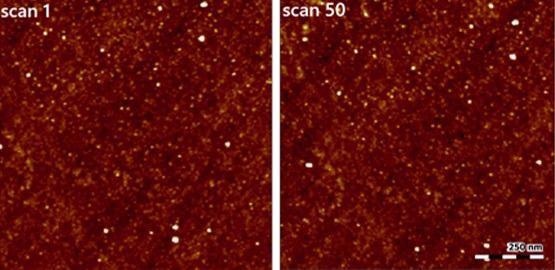
Figure 3. Stable imaging of a silicon surface. Image Credit: Nanosurf AG
Thanks to CleanDrive, surface roughness was calculated over the set of images finding no considerable change, which suggested both stable imaging and preservation of tip sharpness.
Similarly, 100 scans of a notably sharp sample known as TipCheck are displayed in Figure 4.
TipCheck is usually used to measure the radius and shape of an AFM tip, but it is also known to rapidly wear down a tip and, as such, needs to be used in moderation. CleanDrive facilitated uninterrupted scanning of TipCheck sample with no indication of tip degradation.

Figure 4. Stable imaging of the TipChecker sample. Image Credit: Nanosurf AG
Long-term, stable imaging has critical implications for operation. Generally, dynamic mode operation requires the user’s constant attention to compensate for continual changes in frequency and amplitude that appear with a piezo-driven oscillation.
As a result of the outstanding reliability and stability of the frequency and amplitude with CleanDrive, long-term unattended operation is now possible.
Figure 5 displays 500 nm x 500 nm topography (top) and phase (bottom) images of a polystyrene-polyethylene glycol (PS-PEG) block copolymer film. Originally, the oscillation of an NCST cantilever was set to 17 nm amplitude and a setpoint of 86%, which generated the images on the left.
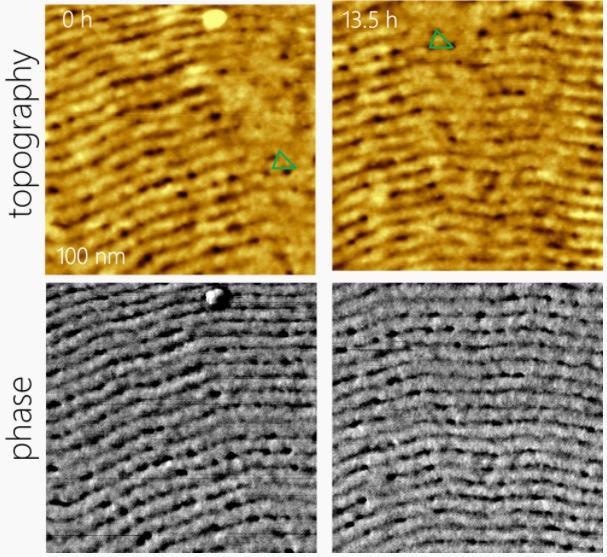
Figure 5. Long-term stable imaging of block co-polymer samples. Image Credit: Nanosurf AG
The setpoint was selected to be 2% below making first contact with the surface. Throughout ~14 hours of uninterrupted overnight measurement, the cantilever persistently maintained contact with the surface and generated high-quality images (right) where the resolution was preserved.
The contact between the cantilever and the surface could then be broken by increasing the setpoint by the aforementioned 2%.
Stable High-Resolution Imaging in Liquids
While all the examples so far have exhibited outstanding improvements in stability and quality of dynamic mode operation in air, the most important benefits of CleanDrive are for liquid operation.
Figure 6 displays two images of DNA on mica in buffer solution. The top image is the first scan, and the bottom image is the 20th consecutive scan. These images exhibit remarkable resolution presenting the major and minor grooves of DNA without adversely affecting the stability or resolution after even 20 scans without any adjustments.
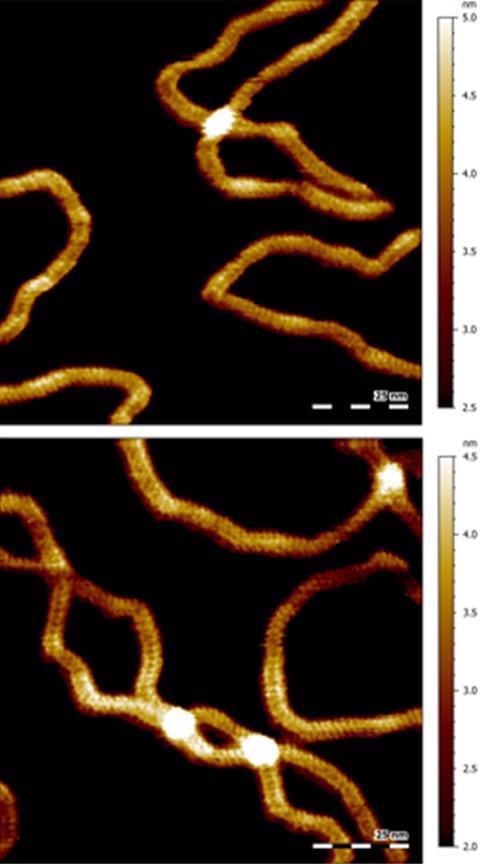
Figure 6. Stable high-resolution imaging of DNA in liquids. Image Credit: Nanosurf AG
Moreover, the near IR wavelength of 785 nm for CleanDrive prevents interference with (live) biological samples or fluorescence imaging, making it a prime choice for photothermal excitation for imaging biological systems.
Summary
CleanDrive utilizes a near IR laser to deliver a stable and clean targeted excitation of the AFM cantilever in both air and liquid environments.
This photothermal excitation produces a number of key advantages, including better imaging in liquids, enhanced resolution, preservation of tip shape, and increased stability when imaging over prolonged periods.
These improvements will yield better results for AFM measurements and improve user experience.

This information has been sourced, reviewed and adapted from materials provided by Nanosurf AG.
For more information on this source, please visit Nanosurf AG.